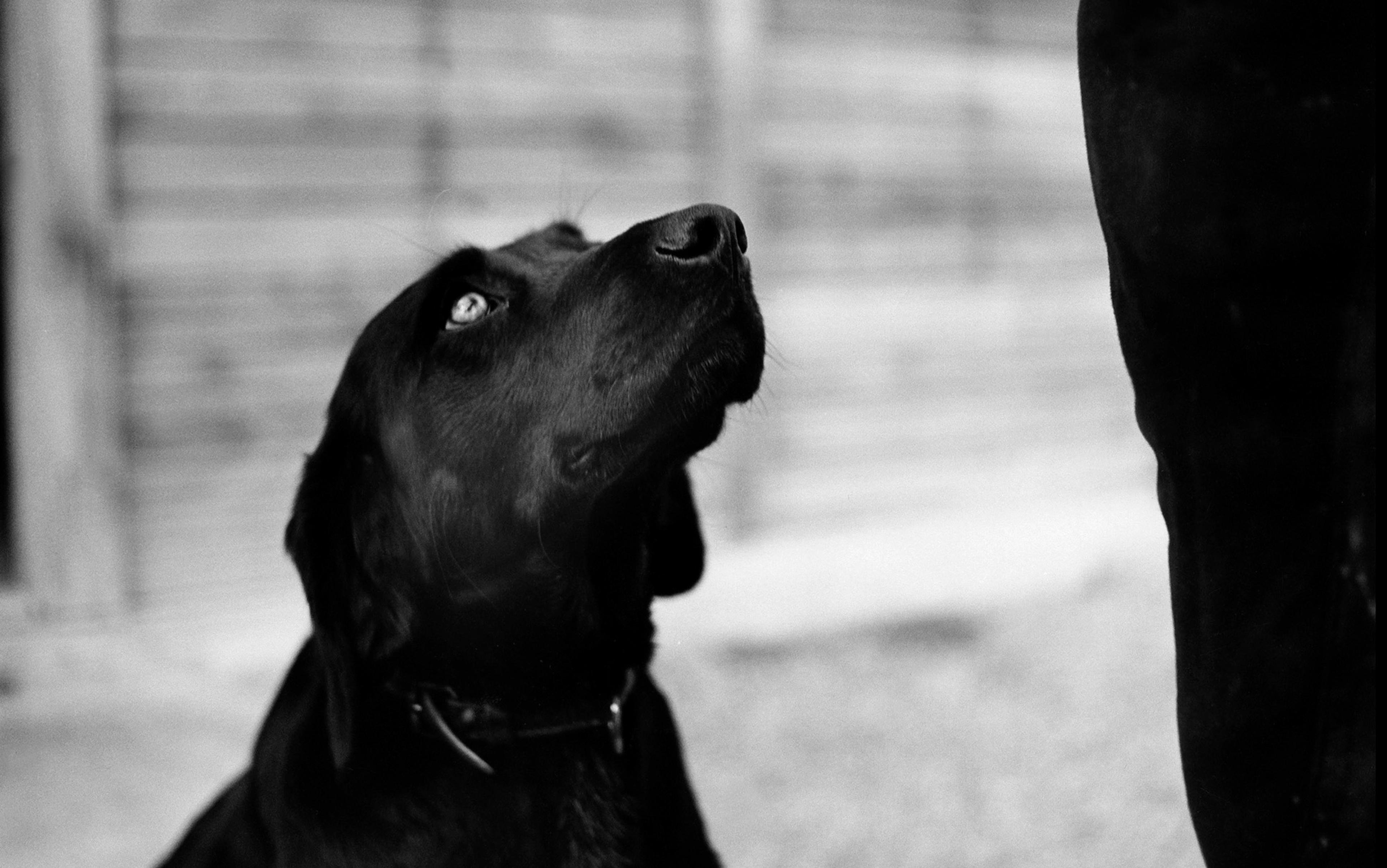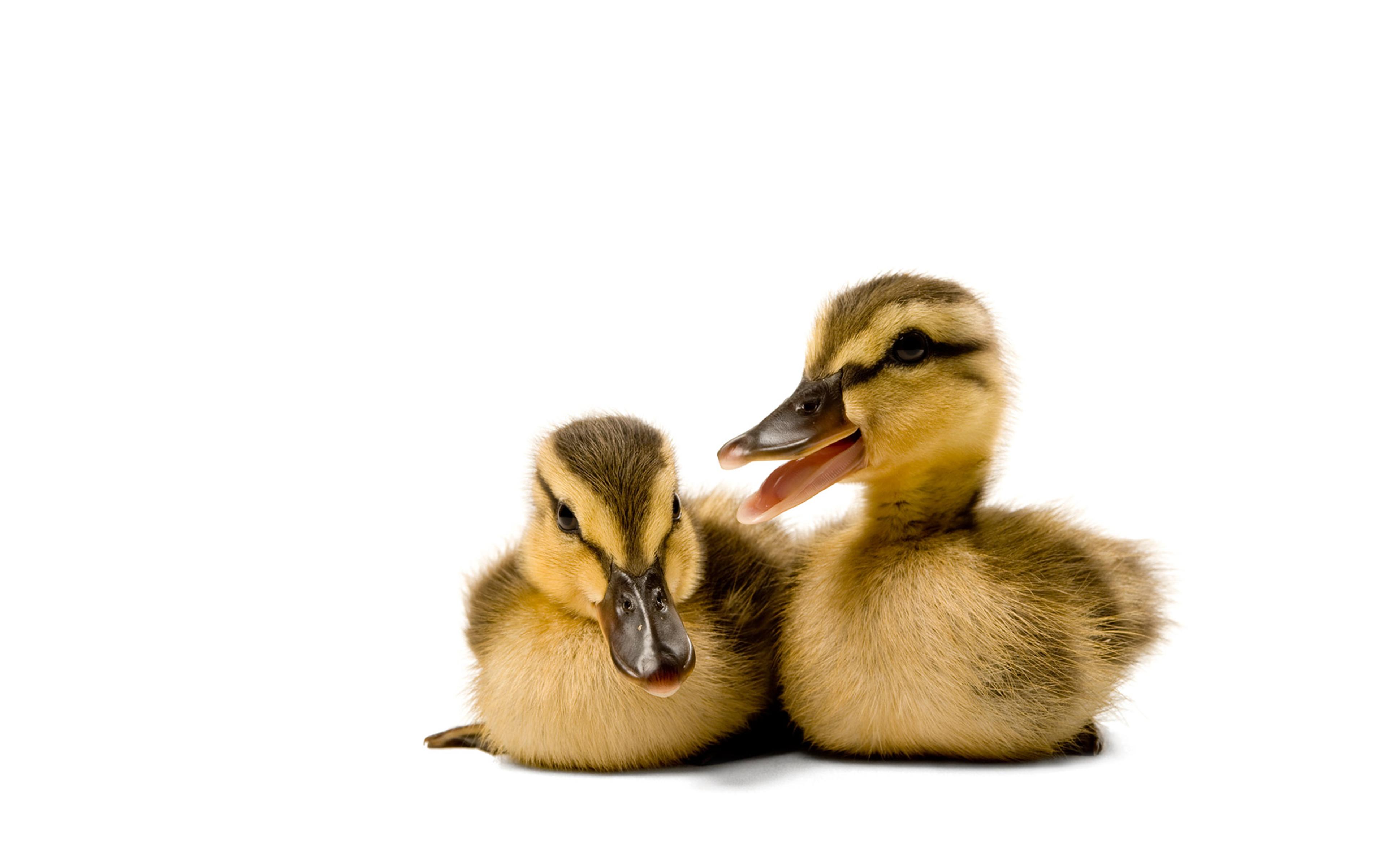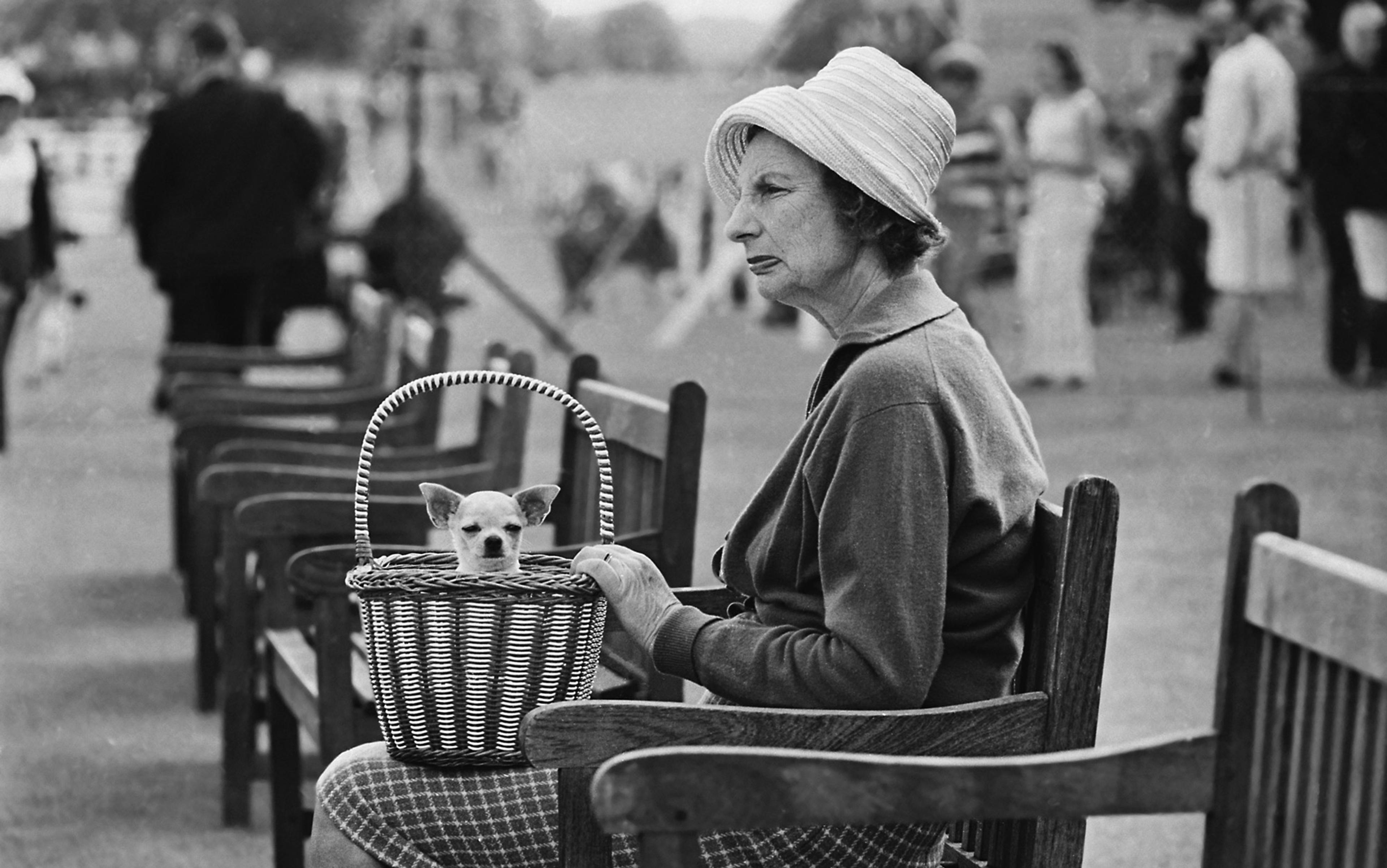My friend Laurette has two cats, Zhanna and Pixie. When Laurette pets Zhanna, Pixie interferes by attacking Zhanna. By analogy to humans, it is natural to interpret Pixie’s behaviour as jealousy, but perhaps Pixie is just attempting to assert dominance or establish territoriality. There have been no experimental studies of cats to discriminate between jealousy and alternative hypotheses, but studies of dogs support the claim that they actually do get jealous.
The logic of attributing mental states to nonhuman animals is complicated. We cannot use deductive inference, because there are no general rules that would tell us that when an animal has a specific behaviour, then it is jealous. Probability theory is also useless, because we do not know the likelihood of an animal’s behaviour given that an animal is jealous, which is needed to calculate the probability that an animal is jealous. Instead, we can use a form of reasoning that philosophers call inference to the best explanation. We can legitimately infer that cats or dogs are jealous if that hypothesis provides the best explanation of all the available evidence.
Several factors contribute to determining the best explanation. First, how much does a hypothesis explain? For example, the hypothesis that Pixie is jealous of Zhanna explains why Pixie attacks Zhanna whenever Laurette pets her. Second, are there alternative hypotheses that could explain more? For example, maybe Pixie just wants to be dominant, although that doesn’t explain why Pixie’s attacks on Zhanna are much more common when Zhanna gets her owner’s attention.
Third, is the hypothesis in question simpler than alternative hypotheses in the sense of making fewer assumptions? An example of a non-simple hypothesis is that Pixie attacks Zhanna because Pixie is controlled by space aliens, which requires additional assumptions about the existence and actions of the aliens. Fourth, does the hypothesis get additional support from an explanation of why it is true? Ideally, we could identify the psychological and neural mechanisms in Pixie that cause her to be jealous and attack Zhanna. Putting all these factors together, we might be able to accept the conclusion that Pixie is jealous because of its overall explanatory coherence.
Before determining whether cats and dogs are jealous, we should have some conception of what jealousy is. There is no standard definition, but psychological research suggests that any definition should be replaced by presenting three aspects of the concept: standard examples, typical features, and explanations.
There are familiar literary examples of jealousy, such as in William Shakespeare’s play Othello and Daphne du Maurier’s novel Rebecca (1938), and most adults can recall examples of jealousy from their own experience. The typical features of jealousy include the person who is jealous, the beloved who is the subject of jealousy, and the rival who is the object of jealousy. Othello is jealous because he thinks that his wife Desdemona is romantically involved with the soldier Cassio. Jealousy differs from envy, which requires only two individuals: to be jealous also requires a rival to threaten the relationship.
Typical emotions that go with jealousy include fear of loss, threat to the relationship, sadness, anger, anxiety and insecurity. The attribution of jealousy provides explanations of why people are experiencing these emotions, and why they behave in ways ranging from withdrawal to aggression, sometimes even murder.
The first and weakest piece of evidence that cats and dogs are jealous is that most of their owners think that they are jealous. One study found that 81 per cent of dog owners and 66 per cent of cat owners report jealousy in their pets, which might be explained by supposing that the pets really are jealous. The alternative hypothesis is that people who are attached to their pets exaggerate the pets’ mental complexity. For example, 74 per cent of people report that their dogs sometimes feel guilty, but careful experiments showed that apparent guilt behaviour, such as a dog putting its paws over its head, could be better explained by submissiveness due to fear of punishment. Dogs behave the same way whether they actually did something wrong or not. Many religious pet owners think that their dogs and cats have souls, for which there is no evidence at all.
Dogs display behaviours similar to those observed in children aged under two
Much stronger support for jealousy in dogs comes from a 2014 study by the psychologists Christine Harris and Caroline Prouvost at the University of California, San Diego. They adapted an experimental design used to identify a nonverbal form of jealousy in infants as young as six months old. Babies had more negative reactions when their mothers paid attention to another infant than when the mothers paid attention to a book. Analogously, when dogs saw their owners interacting with a fake but realistic dog, the dogs displayed more aggression in the form of biting and snapping, plus more attention-seeking and disruption of interaction. In contrast, when the owners paid attention to a Halloween lantern or a book, the dogs did not display more aggression and attention-seeking. A skeptic might worry that the dogs were simply reacting to a strange object, the fake dog, but the dogs in the experiment did not seem to realise that the dogs were fake, and sniffed their rear ends.
Nevertheless, it is possible that the dogs’ behaviour resulted from mental states other than jealousy, for example from desire to establish dominance over the new dog or a resentment that the fake dog was challenging its territoriality. A 2018 study by the Hungarian ethologist Judit Abdai and colleagues changed the experiment to reduce alternative interpretations. The rival dogs toward which the owners showed affection were real rather than fake, ruling out the hypothesis that the dogs’ aggression was simply because of a strange object. In order to avoid the dogs being territorial, the experiments were performed in an unfamiliar place rather than in the dogs’ homes. The experiments also compared the behaviour of dogs with respect to both familiar and unfamiliar rivals, to control for issues of dominance by eliminating an association with rank. Other experimental arrangements made it implausible that the dogs’ responses resulted from protectiveness, playfulness or boredom.
The experimenters concluded that dogs display behaviours similar to those observed in children aged under two, previously referred to as jealousy. Nevertheless, the authors resist the conclusion that the dogs in their experiments are actually experiencing the emotion of jealousy, preferring the more cautious conclusion that the dogs are exhibiting jealous behaviour.
What are the psychological and neural mechanisms that make dogs jealous? When detectives, juries and judges try to determine whether accused criminals are guilty, they consider the motives as well as the evidence explained by the hypothesis that the accused actually committed the crimes. For example, the hypothesis that an accused murdered a victim becomes more plausible if there is evidence that the accused felt anger, hatred or jealousy towards the victim. Similarly, scientists look for more than just evidence explained by a hypothesis: they also try to explain the hypothesis by underlying mechanisms. Charles Darwin did not just give evidence that species evolved; he provided an underlying mechanism for evolution as resulting from variation, inheritance and natural selection. Subsequently, genetic theory provides a mechanism for variation and inheritance, and genetics is further deepened by DNA mechanisms from molecular biology.
Similarly, the hypothesis that dogs are jealous would be deepened if we could explain why dogs are jealous in terms of psychological and neural mechanisms. The relevant psychological mechanisms are attachment and fear of loss. There is ample evidence that pets become emotionally attached to their owners, as seen in the distress they exhibit when owners leave them alone, and the grief behaviour that is sometimes observed when owners die. Then the attachment that pets feel for their owners explains why they are threatened by their owners’ attention to other animals. Owners of pets report that the degree of jealousy they observe in cats and dogs varies with how much the cats and dogs like their owners. This observation might also explain why people think dogs are more jealous than cats, since generally dogs are more attached to their owners than cats are.
Psychological mechanisms are increasingly being understood in terms of underlying neural mechanisms. It would be folly to look for a jealousy centre in the brains of humans and other animals, because emotions and other kinds of cognition involve interactions among many brain areas. Nevertheless, brain scans such as functional magnetic resonance imaging (fMRI) are being used to identify brain areas that interact to produce mental states such as emotions.
Activation of the amygdala does not pinpoint jealousy, as it is associated with other emotions
Recently, experimenters have trained dogs to stay still in fMRI machines that identify brain areas active during presented tasks. A 2018 study by the psychologist Peter Cook at the New College of Florida and colleagues described a brain-imaging experiment that they think provides evidence for jealousy in dogs. They scanned the brains of dogs who watched their caregivers give a food reward to a fake dog, and predicted that the dogs would display greater activation in the amygdala than when their caregivers merely put the food in a bucket. They also predicted that dogs previously judged to be more aggressive would show more amygdala activation than ones with less aggressive temperaments. Both predictions were confirmed.
By itself, this experiment does not demonstrate that a scanned dog is jealous of the fake dog, because there are alternative hypotheses. The dog might be reacting merely with a sense of annoyance, envy, hostility or unfairness rather than jealousy. Activation of the amygdala does not pinpoint jealousy, as it is also associated with other emotions such as anxiety, anger, fear, and even some positive feelings.
Nevertheless, this experiment is relevant to whether dogs are jealous because it points to a neural mechanism that can explain how dogs become jealous. When a dog sees its owner being generous to another dog, it responds to the situation by the firing of neurons in a part of the brain that is associated with negative emotions and aggression. The amygdala activation leads to aggressive action such as growling and biting. Much further research in both humans and pets is needed to provide more details about the neural mechanisms of jealousy, but the Cook study is a start.
Do the above-mentioned studies suffice to show that dogs are jealous? Where is the burden of proof? In legal trials within the British justice system, which is also used in other countries such as the United States and Canada, there are two different standards of proof. In criminal proceedings, the prosecution is required to show that the accused is guilty beyond a reasonable doubt. This standard is applied because of the ethical judgment that it is worse to convict an innocent person than to let a guilty one go, justifying the presumption of innocence.
In contrast, the standard of proof in civil cases is just the preponderance of evidence. If one person sues another, the judgment is reached based on whether the evidence overall supports the plaintiff’s claim, without requiring that the judgment be true beyond a reasonable doubt. Similarly, in scientific controversies where there are no dire practical consequences of accepting either conclusion, the burden of proof should be preponderance of evidence rather than reasonable doubt, where preponderance can be assessed by explanatory coherence.
My current assessment is that there is still reasonable doubt about whether dogs are jealous. It is possible that their observed behaviours in ordinary life and in scientific experiments result from reactions that do not involve the perception of rivals as relationship threats, or the combination of emotions such as fear, anger and sadness that add up to jealousy. Nevertheless, I think that the preponderance of evidence drawn from behavioural experiments, brain imaging and owners’ observations supports the conclusion that dogs are indeed jealous. This hypothesis provides a more coherent explanation of all of these kinds of evidence than apparently simpler explanations that avoid attributions of jealousy.
But the conclusion about dog jealousy has problems concerned with the complexity of animal cognition and the vexed issue of consciousness. The attribution of jealousy to animals other than humans can be challenged by arguing that they do not have the cognitive complexity to be jealous. In adult humans, jealousy requires a judgment such as: my relationship to my beloved is threatened by the beloved’s interest in a rival. Cats and dogs do not even have a sense of self, as shown by their inability to recognise themselves in mirrors. So they do not even have enough concept of ‘I’, let alone a sense of a relationship that involves a triad of three individuals: the lover, beloved and the rival.
However, infant studies suggest that jealousy can arise long before children start to recognise themselves in mirrors around the age of 18 months. Being jealous does not require having a full sense of self, only a minimal awareness of being distinct from others and in some kind of emotional relationship. Like infants, cats and dogs are capable of this kind of awareness, as shown by the ways in which they use and touch their own bodies, for example when cats lick themselves to become clean. Pets might not be able to verbally describe their relationships with their owners, but many behaviours suggest the existence of an affectionate bond. A challenge to this bond, in the form of perception of the owner’s interest in another pet, is enough to prompt an emotion that is at least an approximation to jealousy in humans.
The conclusion that pets experience jealousy is not ruled out by problems of cognition
Similar reasoning justifies the attribution of conscious experience of jealousy in pets, not just jealous behaviour. When people attribute consciousness to themselves, the explanatory coherence of the conclusion is strong because we each have a range of conscious experiences including pain, emotions, thoughts and self-awareness. Despite the protests of behaviourists and other skeptics about consciousness, there is no good alternative explanation of your experiences and behaviours than that you are actually conscious.
Extending the assignment of consciousness to other people is more risky, because you cannot experience other people’s experiences. Nevertheless, the similarities between other people’s behaviours and yours, and between their measurable brain processes and your own, make it highly plausible that other people are conscious too. This comparison is not just a weak argument from analogy. Rather, the analogy between explanations of your own behaviour and explanations of other people is just one of the components that goes into the conclusion that the best explanation of what other people say and do is that they are also conscious.
The analogy gets weaker when we try to extend consciousness to infants, but we know that their brains have emotional structures and functions much like those of adults. We have similar knowledge about other mammals such as cats and dogs, all of which have brain areas such as the amygdala and cortex that contribute to human emotions, even if human prefrontal areas are larger. There might be some reasonable doubt that cats, dogs and infants are not really conscious, but the preponderance of evidence suggests that they are. So the conclusion that pets experience jealousy is not ruled out by problems about consciousness or about complexity of cognition.
The above-mentioned experiments address only the question of whether dogs are jealous, leaving open whether cats are jealous too. Consistent with their larger body size, dogs have brains with around twice as many neurons as cats. But the brain organisation of cats is the same as that of dogs and other mammals, so brain structure does not lead us to expect any difference with respect to emotions.
On the other hand, through the approximately 20,000 years that dogs have evolved relationships with people, they have acquired cognitive and emotional abilities that are not found in cats. Dogs are generally more attentive and attached to their owners than cats are, so it is possible that they are more prone to jealousy. Moreover, for both dogs and cats there might be differences across breeds with respect to degrees of attachment and aggression that are connected to jealousy. These differences, along with the lack of any behavioural and neural experiments that support the existence of jealousy in cats, suggest more caution about identifying jealousy in cats than currently makes sense for dogs.
What about Pixie and Zhanna? Pixie is a Burmese, a breed well-known for its dog-like affection for people. In contrast, Zhanna is a British shorthair, a breed much better known for detachment than for physical affection. Perhaps this is why Pixie is much more aggressive in reacting against affection to Zhanna than vice versa. Neither seems particularly bothered when I am affectionate with the other one, presumably because I am much less important to them than their owner is. In contrast to the growing scientific evidence that dogs are jealous, I can only make a personal inference that Pixie is probably jealous too.






